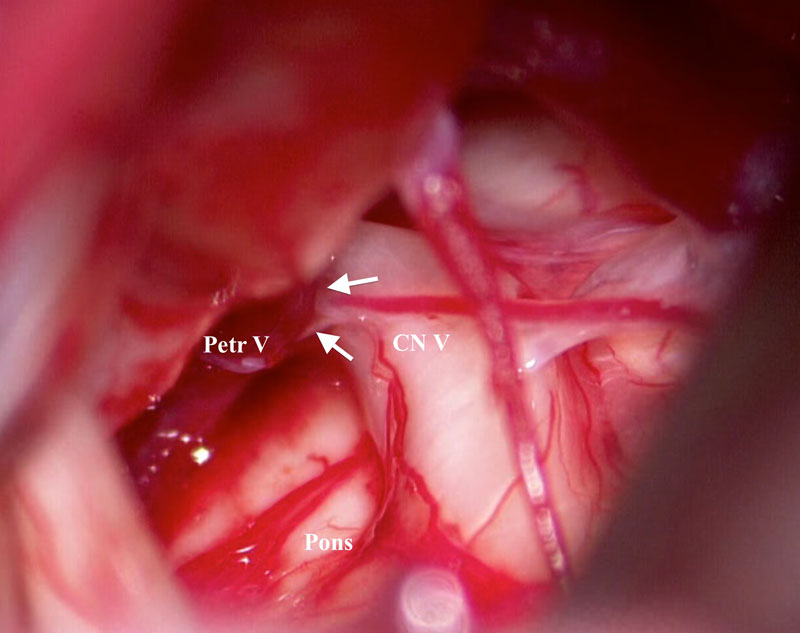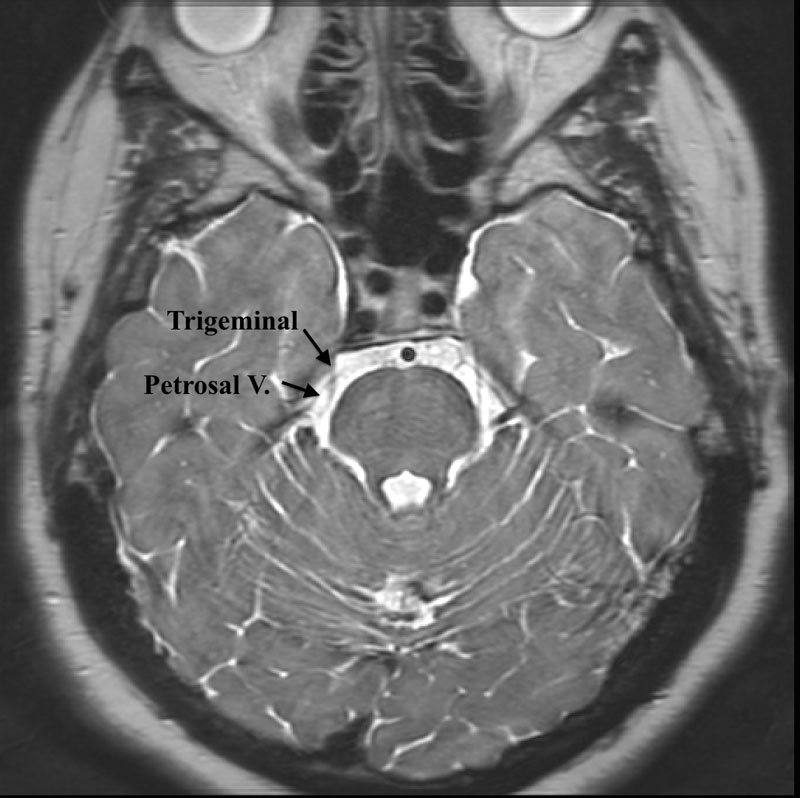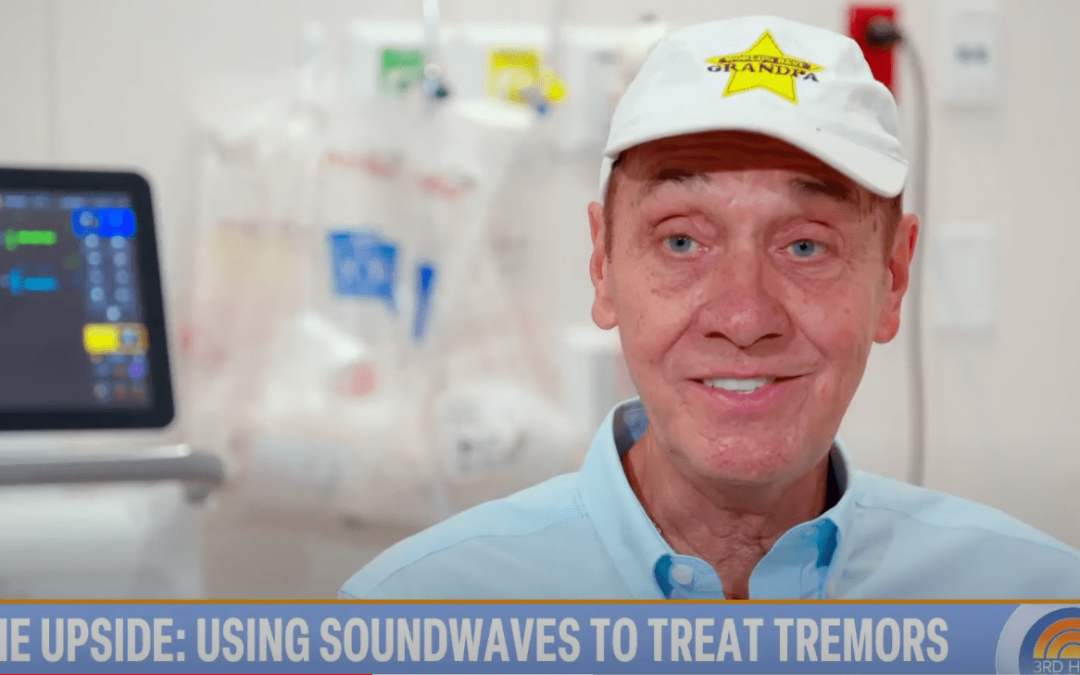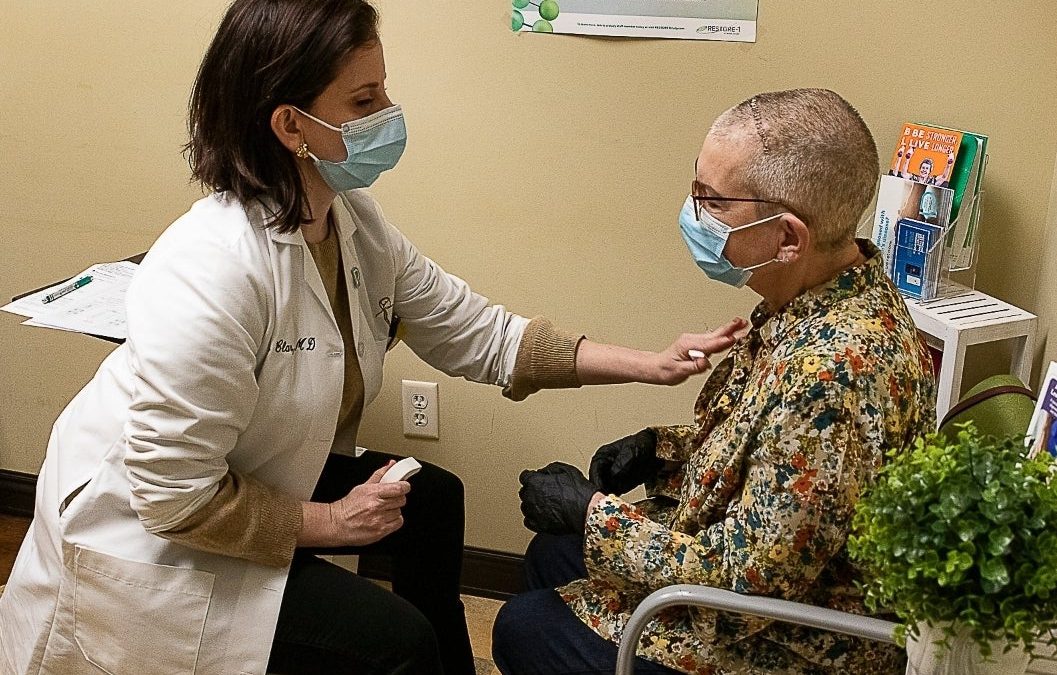In this article
Review some of the most commonly asked questions about Trigeminal Neuralgia:
What is Trigeminal Neuralgia?
Trigeminal Neuralgia is a chronic pain condition that affects the trigeminal nerve, which is responsible for sensation in the face. It is also known as tic douloureux, it is a painful and greatly debilitating affliction that can present in discrete, brief attacks followed by a variable period without any symptoms. In other more chronic cases, the duration between attacks changes and a lower level of dull pain may persist between paroxysms.
What Are The Symptoms?
It is characterized by sudden and intense facial pain that can last from a few seconds to several minutes, and has been described as excruciating, stabbing, electrical, shock-like, lancinating, or convulsive. Pain classically localizes to one side of the face although bilateral cases have been described. The pain is usually triggered by activities such as eating, speaking, or brushing teeth, and can be severe enough to interrupt daily activities.
How does Trigeminal Neuralgia Occur?
The cause of is often unknown, but it may be related to a blood vessel pressing on the trigeminal nerve, which is the fifth of the 12 cranial nerves. Other potential causes include nerve damage due to injury or disease, or nerve inflammation.
What Are Medical Treatment Options?
Treatment typically begins with seizure medications that can help reduce pain and prevent future attacks by dampening the electrical conductivity of the nerve. If these medications are not effective, more invasive treatments may be recommended, such as rhizotomy, microvascular decompression, and radiation therapy.
What Are Surgical Treatment Options For Trigeminal Neuralgia?
Our surgeons evaluate each case individually to determine the most effective and least invasive treatment option.
- Rhizotomy is a minimally invasive procedure that involves a nerve injection to treat the nerve fibers that carry pain signals from the face.
- Microvascular decompression is a surgical procedure that involves separating the trigeminal nerve from the blood vessel that is causing trigeminal nerve compression.
- Radiation therapy involves using high-energy radiation to treat the nerve fibers that are causing pain.
It’s important to seek medical attention if you experience symptoms of trigeminal neuralgia, as prompt treatment can help prevent further nerve damage and improve quality of life. An experienced Neurosurgeon can help determine the best treatment option based on the individual’s specific case.

Figure 1
This intra-operative view demonstrates the distortion of the trigeminal nerve (CNV) by a petrosal vein (Petro V). The origin of the nerve from the brainstem is seen (Pons).

Figure 2
This axial view shows a vascular structure (Petrosal V.) distorting the right fifth cranial nerve (Trigeminal) in a patient with right sided trigeminal neuralgia.








